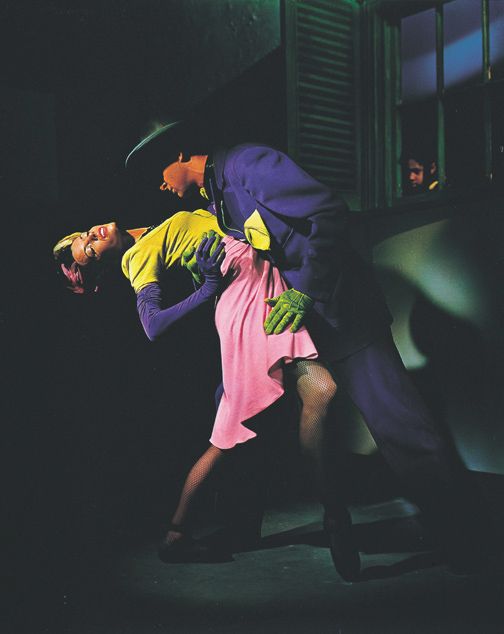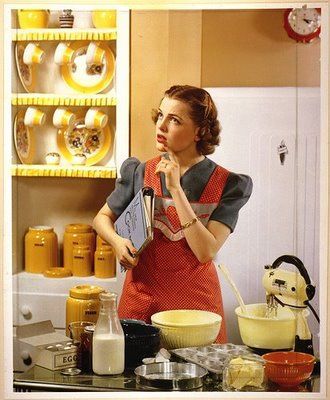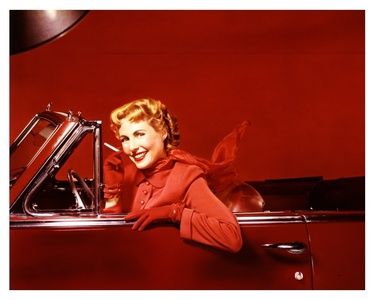|
|
Post by Mrs Vindecco on Sept 29, 2012 13:28:43 GMT
Anton Bruehl (1900- 1982) 1943: Dance froma Nightclub Act  1950: Swimsuit Ad.  Victor Keppler 1940: Housewife in Kitchen  1950: Camel Cigarette Ad.  1951:  |
|
|
|
Post by Mrs Vindecco on Sept 30, 2012 16:41:52 GMT
|
|
|
|
Post by Mrs Vindecco on Sept 30, 2012 16:51:55 GMT
|
|
|
|
Post by Mrs Vindecco on Sept 30, 2012 16:52:35 GMT
|
|
eire
Lead Juvenile
 The Shrimp!
The Shrimp!
Posts: 9
|
Post by eire on Oct 1, 2012 5:39:25 GMT
This is an great thread! I got interested in photography after getting some vintage magazines and spending hours looking through magazine archives at the library. The Chaplin pics are especially neat! I only wish there were more colour photographs taken of him and many other actors/actresss. There are a few but more would be better, haha. I know the technology for at least the two-tone technicolour was around for a while. I remember seeing a really early colour film from the 1922 called The Toll of the Sea. I guess colour photos were seen as some sort of novelty? Garbo in Camille (1936)   Screencaps of Harlow in Hell's Angels (1930)  |
|
|
|
Post by Mrs Vindecco on Oct 1, 2012 8:53:11 GMT
Thanks for sharing your photos Eire. I get so used to seeing classic movie stars in B&W, it's good to see them in colour. Jean Harlow looks so different here.
|
|
|
|
Post by Mrs Vindecco on Oct 13, 2012 0:16:12 GMT
|
|
|
|
Post by woofy on Oct 13, 2012 14:25:08 GMT
|
|
|
|
Post by woofy on Oct 13, 2012 14:27:32 GMT
A little more information about this film from a blog: March 4, 2010 Color Motion Pictures - The Earliest Days: 1922 More Sharing ServicesShare Share on facebook Share on twitter Share on facebook_like Thomas Hoehn Director, Worldwide Interactive Mktg, Rochester, NY, USA View Profile Recently I saw a piece of film at the George Eastman House International Museum of Photography and Film that mesmerized me. It was a test of Kodachrome color motion picture film from 1922. To provide context, the first full length color feature film did not appear until 13-years later (Becky Sharp). Watching this little film clip was like time travel for me! I thought that it would be interesting to share during Oscar® week. In order to share we had to scan the original piece of film to create the version you will see below. That is where Kyle Alvut came in. Kyle works in our Entertainment Imaging division, the movie people, and is an expert in motion picture film and digitization. I visited our labs to get the film scanned and was impressed with the technology there. I knew that this little piece of footage was in good hands. I learned that the flicker that you will see is a result of two different things. First, early cameras were hand cranked, or hand wound, to feed the film through. This could result in slight variations in speed. Second, there could be uneven densities in the film itself because of its age. These two physical characteristics combine to produce the "flicker" that you see. There are digital enhancements that can be made to address this but we thought it better to keep this in its original form. I wonder, who were the ladies in this test? Were they Kodak employees? What kind of lives did they lead? Those questions are lost to the ages. So without further adieu, here from 1922, a full 7 years before the first Academy Award ceremony, is some of the earliest color motion pictures that you will ever see. That was kind of like time travel wasn't it? What did you think? UPDATE March 11, 2010: This just in from friend and fellow film geek Mike C. more information on this piece of footage from a Silent Film Festival site. Well done! "In these newly preserved tests, made in 1922 at the Paragon Studios in Fort Lee, New Jersey, actress Mae Murray appears almost translucent, her flesh a pale white that is reminiscent of perfectly sculpted marble, enhanced with touches of color to her lips, eyes, and hair. She is joined by actress Hope Hampton modeling costumes from The Light in the Dark (1922), which contained the first commercial use of Two-Color Kodachrome in a feature film. Ziegfeld Follies actress Mary Eaton and an unidentified woman and child also appear. George Eastman House is the repository for many of the early tests made by the Eastman Kodak Company of their various motion picture film stocks and color processes. The Two-Color Kodachrome Process was an attempt to bring natural lifelike colors to the screen through the photochemical method in a subtractive color system. First tests on the Two-Color Kodachrome Process were begun in late 1914. Shot with a dual-lens camera, the process recorded filtered images on black/white negative stock, then made black/white separation positives. The final prints were actually produced by bleaching and tanning a double-coated duplicate negative (made from the positive separations), then dyeing the emulsion green/blue on one side and red on the other. Combined they created a rather ethereal palette of hues." |
|
|
|
Post by Mrs Vindecco on Oct 13, 2012 19:24:48 GMT
The pictures are very nice, but it would help to label them. DONE |
|
|
|
Post by woofy on Oct 14, 2012 0:13:51 GMT
The pictures are very nice, but it would help to label them. DONE Now that's what I call service with a smile! |
|
|
|
Post by Mrs Vindecco on Oct 14, 2012 19:45:31 GMT
|
|